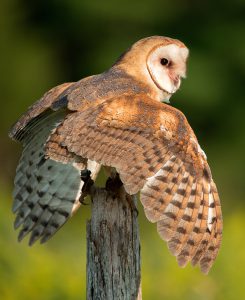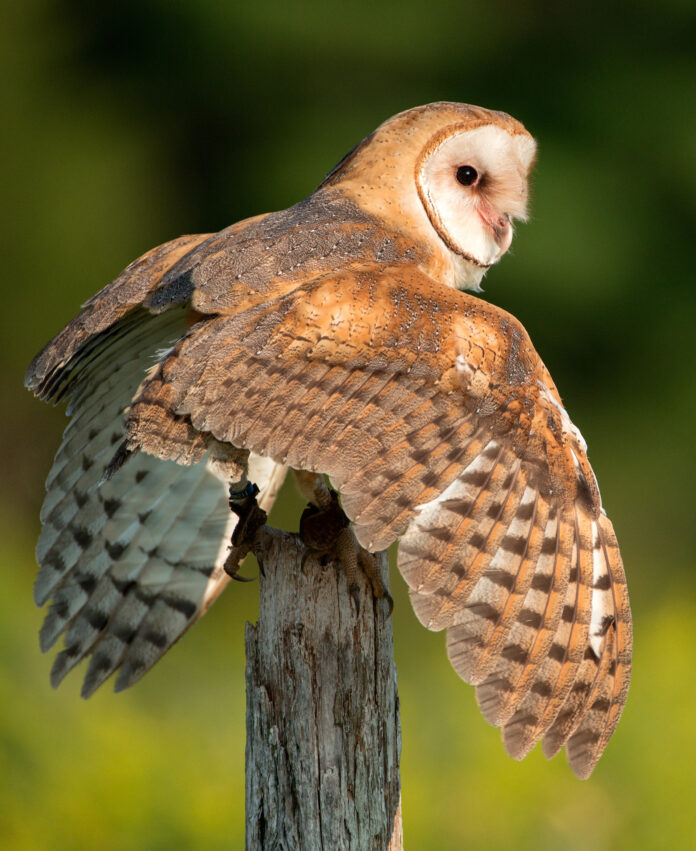BY HARRY WEEKES

We begin school with something called “math in the morning.” In the early days of December, this time invariably coincides with “good light”—when the morning sky fills with pink and purple, and the peaks glow with a warm orange. Someone just needs to say “Good light,” and we walk outside to get a more expansive look.
Before winter break, this inspired a broader question: “How do you teach kids to love nature?”
As teachers, we have had all sorts of training—in building an immersive environment in Spanish, in differentiating our classrooms, in how to be more open and inclusive—but we have never had training on how best to pay attention to nature, or how best to inspire a respect for the world around us. While our faculty conversation did not yield any revelatory synopsis, we did come up with the idea of consistently exposing students to all of the great natural happenings that occur here over the course of the year: an afternoon float at Silver Creek, watching the full moon rise, seeing the Sandhill cranes coming in to land at the blinking light. And to these known outings, I would add, taking advantage of the unexpected.
This last week the unexpected arrived in the form of a dead barn owl that my mom gathered off the side of the highway just south of Timmerman Hill. I spent about an hour with the bird at my kitchen counter, extending its wings, rolling it over in my hands, gently pulling back the toes, and all the time marveling at what nature can do with just one protein.
Keratin is the protein that makes up feathers, beaks and talons (it is also what makes up our hair and nails). The pebbled feet of a barn owl are like grippy garden gloves, with each toe ending in a rigid and curved talon that comes to a point like the punching awl that it is.
The beak comes to a similarly sharp point, and while not constructed to have the penetrating power of the toes, it is easy to see that it is built for piercing and tearing.
And the feathers? From big to small, dark to light, rigid to pliable, the diversity of feathers on a bird highlights all of their many functions.
Contour feathers cover the back and give the bird its streamlined shape while simultaneously providing the brown and gray mottling that characterizes barn owls. The flight feathers are rigid, with the leading edge of the primaries a ruffled comb, softened to reduce sound, which gives owls their ability to fly silently. The feathers of the face are arranged in two depressions around the eyes and ears to focus and pinpoint sound. And then there’s the ring around these depressions—a dark tan line that looks like a rounded heart and which gives barn owls a ghostly mask.
The bird is exquisite. In this moment, it represents the single most important resource any of us can give to the natural world—time. In over 100 million years, the barn owl developed into the bird that it is today. In under an hour, it is easy to connect to the bird. And to something else—that larger magic and wonder that are nature.
Harry Weekes is the founder and head of school at The Sage School in Hailey. This is his 47th year in the Wood River Valley, where he lives with his wife Hilary and their three kids—Georgia, Penelope and Simon—a nice little flock.

